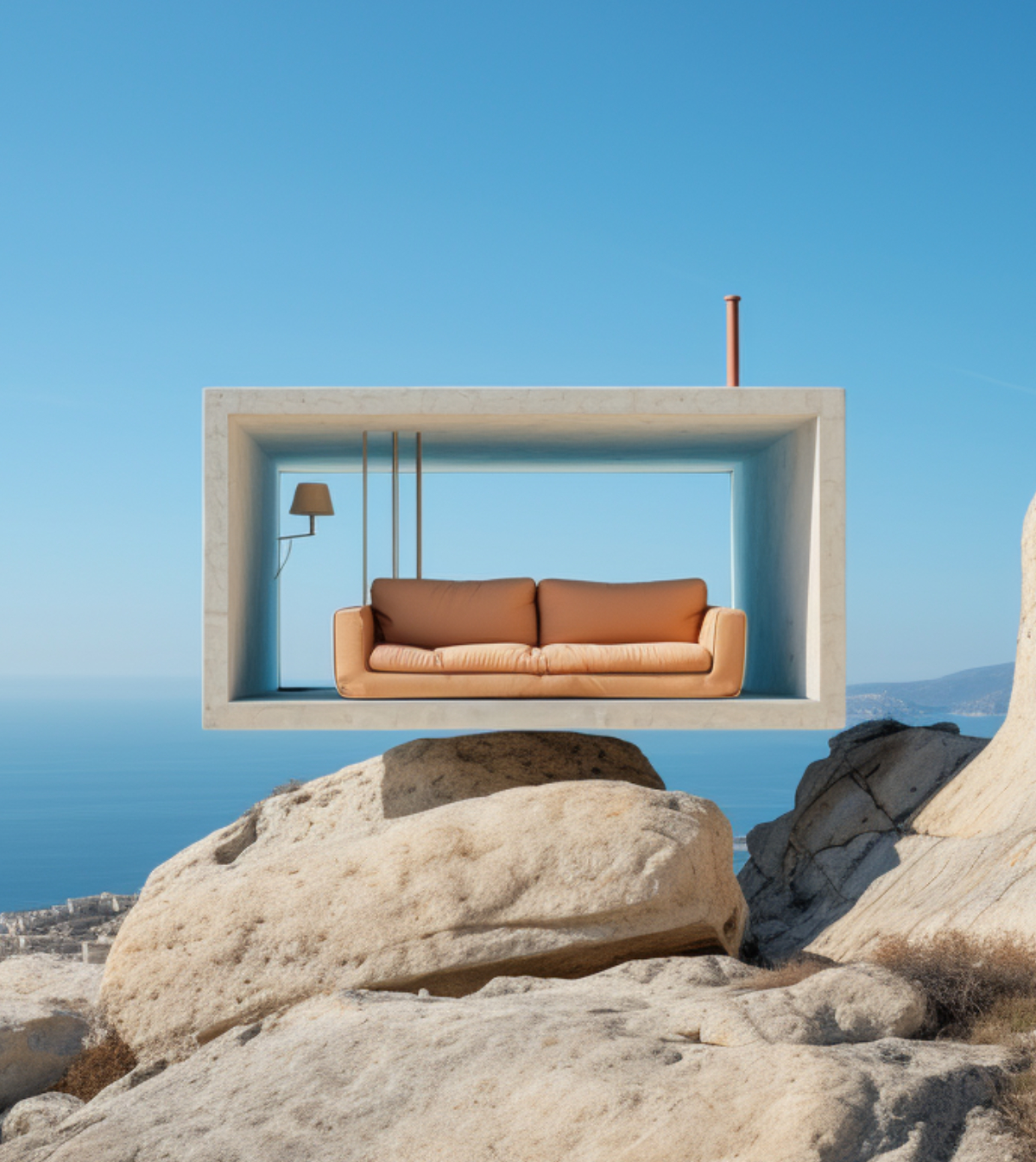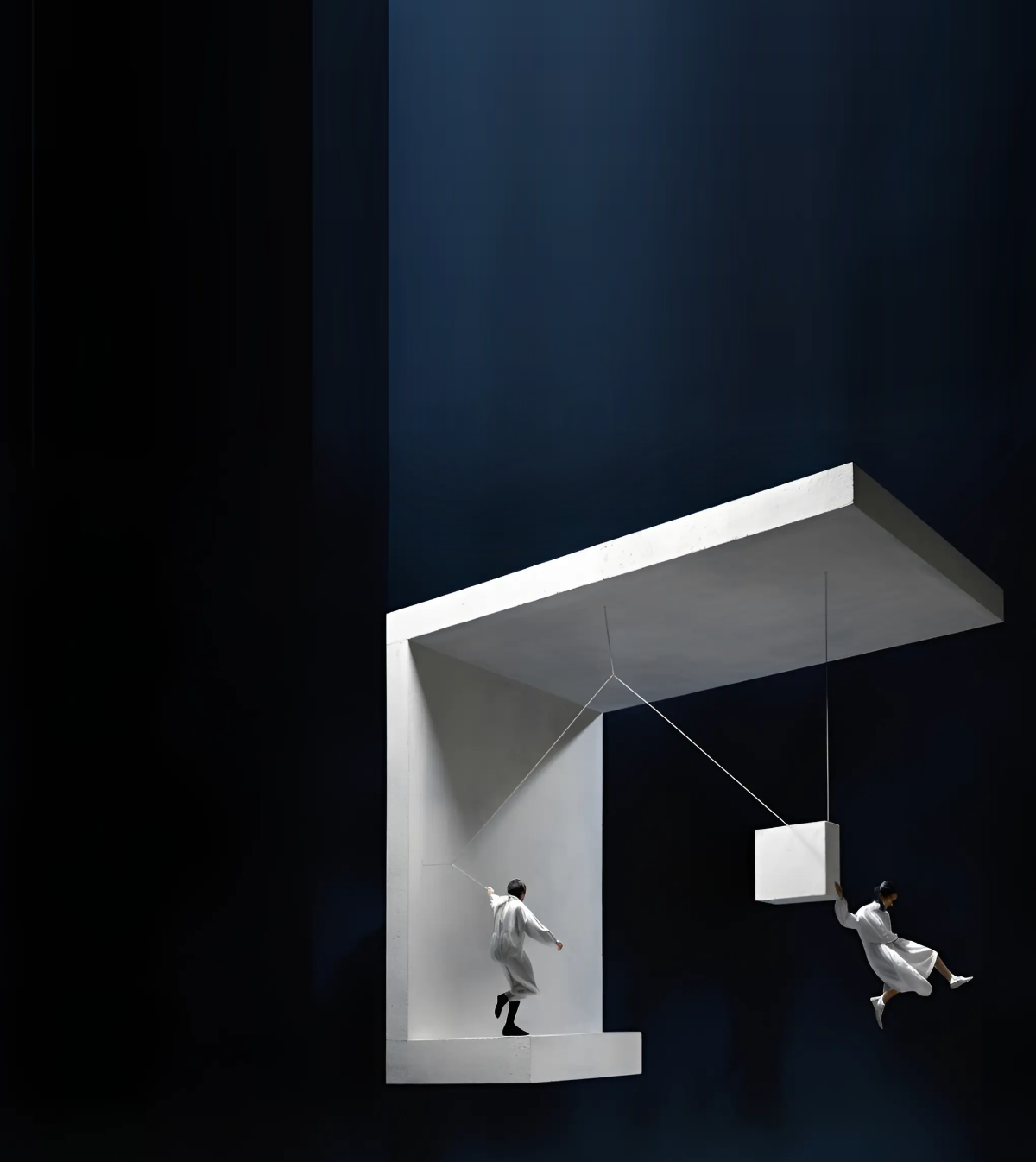Bicycles and cycling have seen a major push in community development in cities around the world in recent years, with governments pledging millions in order to make cities more cycle-friendly in an effort to improve the physical and mental health of its inhabitants. But other than making the air cleaner and its people healthier, how does cycling influence the architecture and design of a city?

Visual exposure to a location
Whether in a major city or a small town, removing the protective barrier of a car really exposes both locals and visitors to the visual splendor of that location. A driver will usually consider what is the quickest route from point A to point B; one that avoids traffic and toll roads and limits the amount of time spent in the car. This will keep them confined to highways and constantly aiming for tower blocks of multi-storey parking.

Cyclists not only experience the route at a much slower pace, they come face-to-face with the architecture of every street and every turn. No roof to limit their views above them, no blind spots to keep them from getting a 360 view of every public space, and no barrier to the sounds and smells of the community that lives there. Try cycling past a bakery and not stopping for a freshly-baked treat or a cup of coffee.
Economic accessibility
One of the main oppositions to wide-scale bicycle accessibility often comes from communities that fear a reduction in parking facilities. Cities like San Francisco, a city known to be notoriously difficult for drivers to find parking, vehemently opposed plans to create protected bike lanes to Polk Street, one of the busiest cycling corridors in the city.

Polk Street, San Francisco faced a great deal of public opposition when it introduced dedicated cycle lanes. Image source
In contrast, when similar cycle paths were put in place in New York City - along 8th and 9th Avenues no less - retails sales along those routes saw a massive 49% spike after they were completed. Highlighting the disconnect between those who drive and those who shop, which is often overestimated.
In fact, a survey of business owner's in Toronto revealed that while business owners on average guessed that 25% of their customers drove, the reality is that a mere 4% used 4 wheels to get to their stores, and a healthy 72% of visitors walked or cycled, which actually suggests that better cycle paths will mean better business for retail stores.
The future of cycle cities
The invention of the automobile at the turn of the century completely redefined how cities were planned and developed. Roads were seen as the lifeblood of cities and the infrastructure in subsequent decades has almost entirely been centred on automobile accessibility. But with a growing focus on alternative methods of getting around - including cycle highways and bike-sharing technology - cities in 30 or 40 years could be almost unrecognizable.

While businesses and individuals rethink where they want to allocate their resources, the function of cities will likely be less about convenience and more of an experience; and how locals and visitors move through that space will greatly impact how it will be shaped and how it will operate.
European Velo Stops architecture competition
The European Velo Stops architecture competition is tasking participants with designing rest stop cabins for travellers along Europe’s large-scale EuroVelo cycle path network. Designs for the cabins will need to ensure that they can be replicated at multiple locations along the EuroVelo 6 route, which traverses the continent from the Atlantic ocean to the Black Sea.
The jury are looking for simple designs in keeping with the natural surroundings, rather than overly sophisticated projects that have the potential to mar the landscape.
Winning designs will be considered for construction as a part of the Bright Blueprint initiative as a way to help support Europe's Velo culture.
Top 3 Reasons Why You Should Enter Architecture Competitions
Curious about the value of architecture competitions? Discover the transformative power they can have on your career - from igniting creativity and turning designs into reality, to gaining international recognition.
Learn more























